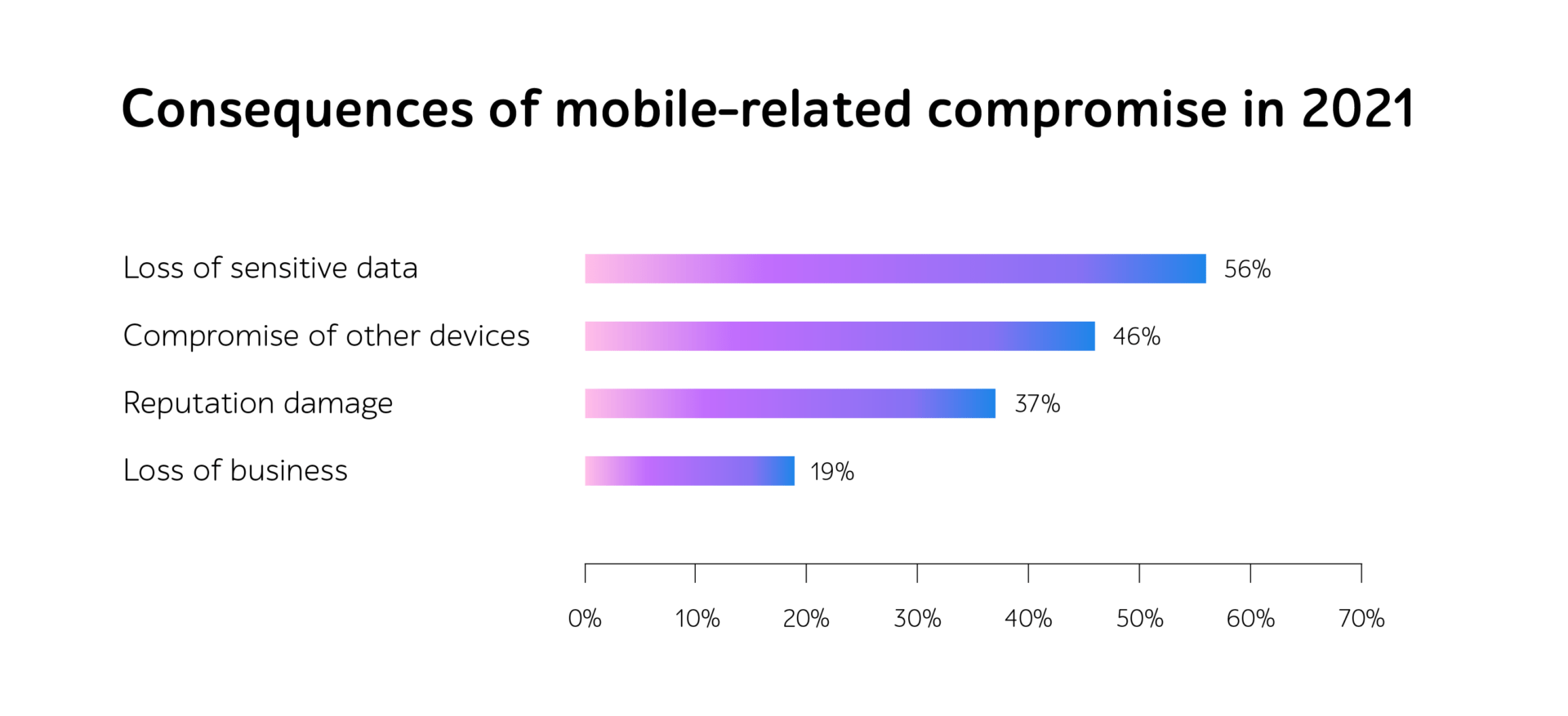
What prevents companies from boosting eCommerce customer experience: 4 common mistakes
Would Amazon, eBay, or AliExpress be who they are with inconvenient UI, poor design, a plethora of crashes, and no ways of executing transactions?
Bearing in mind that literally any of the client’s interactions with the software influences CX, CX affects the profit of the company, the size of the customer base, the number of loyal end users, and more. And in some situations, dramatically. For instance, once having some bad experience, 1 in 3 consumers can stop using your products.
In the article, find out 4 bad examples preventing your users from enjoying their eShopping experience and form negative CX and never repeat the same mistakes.
CX in eCommerce: why does it matter?
According to Statista, 44.5% of global businesses perceive customer experience as a key competitive distinction.
While the Coveo study highlights that after having some bad experience two or three times, 73% of customers prefer abandoning the brand and its products.
Still not convinced? Then take a look at this — the Emplifi research shows that customers are eager to pay 5% more if they obtain a great experience. So, boosting CX is becoming one of the top priorities for retailers, but how to achieve it? At least, don’t make these 4 mistakes, which we will tell you about below.
Mistake #1. “Usability is the last to care about”
How many customers would Amazon have if its users could only use it in old versions of Google Chrome, or they could hardly find the cart, or the catalog was located at the bottom of the page? Probably not that much, considering that 94% of users form their first impression of a brand based on the app design and its usability.
Bringing usability testing to the forefront helps provide a seamless experience, as it allows studying customers’ behavior, goals of using the product, and motivation. You get this — you better understand which app’s features are mission-critical to bolster in order to boost CX.
So, what to do?
- Check UI. To ensure that the user easily interacts with the product via different app pages, visual components, displays, menus, buttons, etc.
- Test user-friendliness. To promote easy and efficient use of the IT solution, e.g., checking that the customer can intuitively add an item to the shopping cart without unnecessary steps, find a catalog, or just create a personal account.
- Verify UX. To monitor how consumers perceive the IT product and what experience they gain when navigating it.
Mistake #2. “Why do I need to focus on IT product performance?”
In 2021, 59% of customers chose online shopping during Black Friday over offline deals.
After all, who likes endless queues? If so many people prefer using mobile apps for making purchases, of course, companies keep them running steadily. During peak loads like big sales, Cyber Mondays, pre-eve periods, apps have so many reasons to crash, and many consumers leave empty handed. What a nightmare! Performance testing is exactly what helps provide stable functioning of the IT solutions and assist the customers in getting a positive experience during highly-peak periods.
Delving deep, performance tests vary and help achieve different goals:
- With load testing, QA engineers evaluate whether the eCommerce app handles the intended load.
- With stress testing, they track the behavior of the system under heavy loads.
- With configuration testing, experts check the effect that software and hardware changes in configurations have on the overall performance.
- With stability testing, specialists verify performance during long-term testing with an average load level.
- With volume testing, they estimate the work of the IT product with the increasing amount of stored data.
If you need to check the stability of the payment systems (especially relevant for scenarios when a large number of customers make online payments simultaneously), then performance testing is also the case.
Mistake #3. “I mostly ignore end-user security”
eCommerce applications collect arrays of private information, including personal customers’ data, credit card numbers, addresses, etc. In distant 2014, hackers penetrated eBay and accessed 145 million end-user accounts and even reached employee credentials that opened them the door to corporate records.
Protecting sensitive consumers’ and enterprises’ data is essential to both end users and organizations themselves. According to the Mobile Security Index Report 2021, among the most common consequences of mobile-related compromise are loss of sensitive data (56%), reputation damage (37%), loss of business (19%), etc.

Source: Mobile Security Index Report 2021
If you are able to establish a safe environment for its consumers within the software, you foster greater experiences. For example, contented clients become brand advocates, contributing to expanding the customer base.
With a solid cybersecurity strategy at the core, businesses provide privacy of all end-user data, prevent cyberattacks as well as help customers gain confidence in their total security.
To detect major vulnerabilities, adopting penetration testing (one of cybersecurity best practices) might be the way. By acting as cybercriminals, QA engineers imitate their activities and implement methods of system hacking to find app pitfalls. By identifying weaknesses in advance, the company ensures that no data is leaked when the app goes live.
Mistake #4. “I don’t rush, so no need for test automation”
Pre-COVID19 time. Consumers go to offline stores, and online versions of shops are a fallback option for emergencies. Do you remember those days?
The pandemic completely changed our lives and the ways business is done, of course. Everything digital! And now, many companies’ growth largely depends on online products, especially when it comes to retail. Consumers’ habits do also change (and vary from day to day). One of the most common demands is getting everything ASAP. That’s why companies are looking for ways to release software faster but without quality compromise.
How to keep up with today’s breakneck speed of delivery and customers’ behavior changes (all while delivering the eCommerce software more quickly)? We suggest test automation as a help.
The State of Testing Report 2022 highlights that only 11% of companies have NO test automation in place. And that’s clear for eCommerce software as well — reduced testing time, sped up launch, increased test coverage, decreased costs, optimized QA processes.
By smartly adopting automated testing, companies quickly respond to market changes and guarantee flawless software operation — so highly-needed demands for staying ahead of the competition.
eShopping apps are complex and consist of many elements: catalog, shopping cart, payment system, registration forms, etc. They constantly update, requiring ongoing testing in order not to miss a critical bug in production. And it’s tedious to do this manually. To keep up with the high retail market pace, businesses focus on automating QA processes to reduce the costs for testing and focus efforts on the new features to make them of the highest quality.
Summing up
To boost eCommerce customer experience, tech giants take exceptional care of their software and all its elements.
Adopting usability, performance, cybersecurity, and automated testing helps businesses provide end users with a flawless online shopping journey.
In case you need assistance in ensuring game-changing CX, feel free to contact a1qa’s experts and have a guidance session on the matter.








